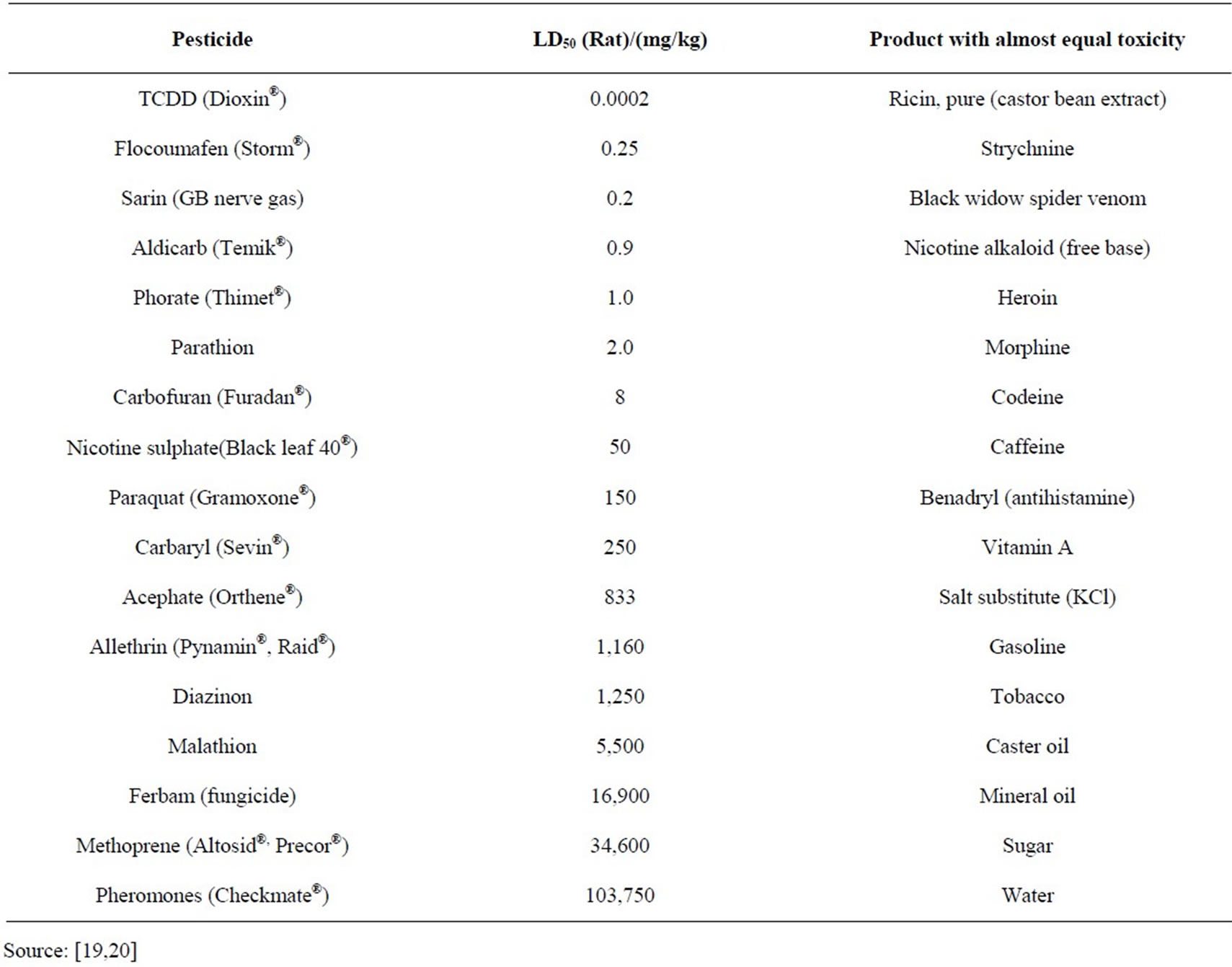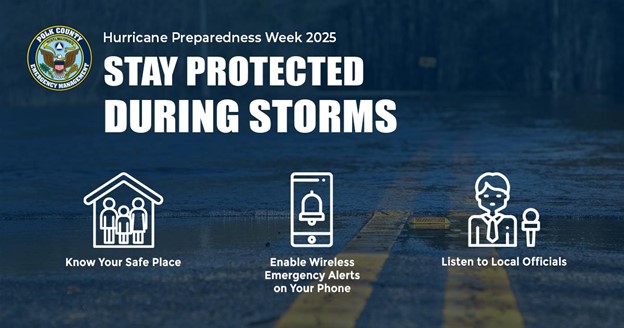Report on the Synergistic Toxicity of Microplastics and Pesticides and Implications for Sustainable Development Goals
1.0 Introduction: A Compounding Threat to Environmental Health
Scientific analysis indicates that the ubiquitous environmental contaminants, microplastics (MPs) and pesticides, exhibit synergistic toxicity, posing a significant threat to aquatic ecosystems. The combined effect of these substances is greater than the sum of their individual toxicities. A recent study published in Ecotoxicology investigates the synergistic impacts of MPs and the organophosphate insecticide chlorpyrifos (CPF) on cladocerans (microcrustaceans). These findings have profound implications for several United Nations Sustainable Development Goals (SDGs), particularly those concerning environmental integrity and health.
- SDG 14 (Life Below Water): The research directly addresses threats to aquatic organisms and the stability of underwater ecosystems.
- SDG 6 (Clean Water and Sanitation): The study highlights the contamination of water bodies with persistent chemical and plastic pollutants, undermining efforts to ensure clean water for all.
2.0 Research Focus: Ecotoxicological Study on Aquatic Microcrustaceans
The study assessed the acute (short-term) and chronic (long-term) effects of MPs and CPF, both individually and in combination, on two cladoceran species: Ceriodaphnia cornuta (water fleas) and Echinisca triserialis (water bears). These organisms are vital components of the aquatic food web, serving as indicators of ecosystem health and contributing to nutrient cycling. Their vulnerability to contaminants signals a broader risk to aquatic biodiversity, a core concern of SDG 14.
2.1 Study Methodology
- Test Organisms: C. cornuta, a pelagic (open-water) species, and E. triserialis, a littoral (shallow-water) species, were selected to represent different habitats within the water column.
- Exposure Conditions: Organisms were exposed to four conditions: a control group, MPs alone, CPF alone, and MPs preconditioned with CPF (MP^CPF).
- Assessment Parameters: Mortality was assessed over 48 hours for acute toxicity. Survivorship and reproductive output were monitored throughout the organisms’ lifespans to determine chronic effects.
2.2 Key Findings
- Synergistic Toxicity: While MPs alone caused no acute mortality, the MP^CPF combination demonstrated enhanced toxicity. Researchers concluded that MPs act as vectors, accumulating CPF on their surface and intensifying its toxic effects on aquatic life.
- Chronic Effects: Chronic exposure to the MP^CPF combination resulted in significantly reduced survival and reproductive rates in both species. A notable delay in the age of first reproduction was also observed.
- Species Vulnerability: The open-water species, C. cornuta, was found to be more vulnerable than E. triserialis. Its filter-feeding mechanism and habitat in the water column increase its likelihood of ingesting floating MPs laden with pesticides.
3.0 Broader Implications for Sustainable Development
3.1 Threat to SDG 14: Life Below Water
The study’s findings underscore a critical threat to SDG 14. The contamination of aquatic environments with MPs and pesticides directly harms life below water.
- Food Web Disruption: As foundational species, the decline of cladoceran populations can disrupt the entire aquatic food web, affecting organisms at higher trophic levels, including fish populations relied upon by humans.
- Vector for Pollutants: The research confirms that MPs are not inert but function as transport mechanisms for other toxic chemicals. This process increases the bioavailability and persistence of pesticides, exacerbating their impact on marine and freshwater ecosystems. Previous studies have documented similar effects with other pesticides and adverse outcomes such as endocrine disruption, hepatic damage, and mortality in various aquatic organisms.
3.2 Impact on SDG 6: Clean Water and Sanitation
The presence of CPF and MPs in surface water, groundwater, and wastewater effluent directly contravenes the objectives of SDG 6. The study notes that wastewater treatment plants can discharge millions of MP particles daily, and CPF is a frequently detected pollutant in aquatic monitoring programs. This persistent contamination compromises the chemical safety of water resources.
3.3 Challenges to SDG 3 (Good Health and Well-being) and SDG 12 (Responsible Consumption and Production)
The universal distribution of MPs and their ability to bioaccumulate toxic substances in the food chain present risks that extend to SDG 3 and SDG 12. The ingestion of contaminated aquatic organisms can introduce these harmful substances to humans. This cycle of pollution is driven by unsustainable production and consumption patterns, including the heavy reliance on plastics and toxic pesticides in agriculture.
4.0 Addressing the Challenge: Aligning with SDG 12
A holistic solution is required to mitigate the synergistic threat of MPs and pesticides, aligning with the principles of SDG 12 (Responsible Consumption and Production).
4.1 The Role of Organic Agriculture
Organic agriculture presents a systemic solution by prohibiting the use of toxic synthetic pesticides like chlorpyrifos. This approach eliminates a primary source of chemical contamination, breaking the cycle of synergistic toxicity in aquatic environments and protecting biodiversity, thereby supporting SDG 14 and SDG 15 (Life on Land).
4.2 Policy and Production Recommendations
To further advance responsible production, policy actions are necessary to address the plastic component of this issue. Recommendations include:
- Phasing out the use of plastic, including synthetic compostable materials, in organic production systems and food packaging.
- Supporting research priorities that investigate alternatives to plastic in agriculture and food systems.
5.0 Conclusion
The synergistic toxicity of microplastics and pesticides represents a formidable and escalating threat to environmental health. This interaction directly undermines progress toward achieving SDG 6 (Clean Water and Sanitation) and SDG 14 (Life Below Water) by degrading aquatic ecosystems and contaminating water resources. Addressing this challenge requires a fundamental shift toward sustainable practices, as outlined in SDG 12 (Responsible Consumption and Production). The adoption of organic agricultural systems and the reduction of plastic use in production are critical strategies for protecting the health of all ecosystems and the organisms within them.
Analysis of Sustainable Development Goals (SDGs) in the Article
1. Which SDGs are addressed or connected to the issues highlighted in the article?
-
SDG 3: Good Health and Well-being
The article establishes a connection to this goal by stating that microplastics “threaten not only human health but all wildlife.” It also mentions that previous research has documented how plastics in agriculture and packaging can “clog arteries, raising the rate of cardiovascular disease and stroke.” Furthermore, it notes that studies have reported adverse effects of pesticide-conditioned microplastics, including “endocrine perturbation, hepatic damage, oxidative stress induction, and enzymatic activity modifications,” which are all relevant to human and animal health.
-
SDG 6: Clean Water and Sanitation
This goal is central to the article, which focuses on the contamination of aquatic environments. It explicitly mentions the presence of the pesticide chlorpyrifos (CPF) in “surface and ground water, as well as larger bodies of water.” The article also identifies a major source of pollution, noting that “wastewater treatment plants discharge around 160–300 million MP per day into aquatic habitats.” The entire study revolves around the pollution of water by microplastics and pesticides and its impact on water quality and aquatic life.
-
SDG 12: Responsible Consumption and Production
The article addresses this goal by highlighting the problems associated with plastic production and chemical use. The “universal distribution of plastics” and their breakdown into microplastics points to unsustainable production and consumption patterns. The widespread use of pesticides like CPF is another example. The article proposes a solution aligned with this SDG: “Organic agriculture,” which “negates microplastic–pesticide interactions” and does not permit “toxic pesticides.” It also mentions efforts to “phase out the use of plastic in its certification production systems and in the packaging of organic food,” directly targeting sustainable production and waste reduction.
-
SDG 14: Life Below Water
This is the most prominently featured SDG in the article. The entire study investigates the “synergistic effects that threaten aquatic organisms” due to microplastics and pesticides. It details the impacts on specific microcrustaceans (cladocerans), which are vital to the “aquatic food web.” The article warns that these impacts represent “threats to other aquatic organisms and overall biodiversity” and that the ingestion of contaminated microplastics can be an “entry point in the food chain.” It discusses mortality, reduced survival, and lower reproductive output in these organisms, directly addressing the health and sustainability of marine and freshwater ecosystems.
-
SDG 15: Life on Land
While the article’s primary focus is on aquatic life, it connects to SDG 15 through the broader theme of biodiversity. It repeatedly states that the combination of microplastics and pesticides “threaten biodiversity.” The degradation of aquatic ecosystems, which are interconnected with terrestrial ones, and the impact on food webs have cascading effects. The article’s call for organic agriculture as a “holistic solution” that “protects the health of all ecosystems” also encompasses the protection of terrestrial biodiversity from toxic chemical runoff.
2. What specific targets under those SDGs can be identified based on the article’s content?
-
Target 3.9: By 2030, substantially reduce the number of deaths and illnesses from hazardous chemicals and air, water and soil pollution and contamination.
The article directly relates to this target by discussing the “enhanced toxicity of organic pollutants by MPs” and the “synergistic effects” of microplastics and pesticides (hazardous chemicals). It mentions that these contaminants threaten human health and cause adverse effects like “endocrine perturbation” and “oxidative stress,” which contribute to illnesses.
-
Target 6.3: By 2030, improve water quality by reducing pollution, eliminating dumping and minimizing release of hazardous chemicals and materials, halving the proportion of untreated wastewater and substantially increasing recycling and safe reuse globally.
This target is addressed through the article’s focus on the pollution of aquatic environments by chlorpyrifos and microplastics. It specifically identifies wastewater as a source, stating that “wastewater treatment plants discharge around 160–300 million MP per day into aquatic habitats,” highlighting the need to minimize the release of these materials.
-
Target 12.4: By 2020, achieve the environmentally sound management of chemicals and all wastes throughout their life cycle, in accordance with agreed international frameworks, and significantly reduce their release to air, water and soil in order to minimize their adverse impacts on human health and the environment.
The article’s core subject—the combined toxic effect of pesticides (chemicals) and microplastics (waste)—is a clear call for the environmentally sound management of these substances. The study’s conclusion that understanding these combined effects is “vital for thorough environmental evaluation and effective environmental management of aquatic ecosystems” aligns perfectly with this target.
-
Target 12.5: By 2030, substantially reduce waste generation through prevention, reduction, recycling and reuse.
The pervasive issue of microplastics, which “are found in all environments,” stems from larger plastic waste. The article implicitly supports this target by highlighting the negative consequences of plastic waste. The call to “phase out the use of plastic in its certification production systems and in the packaging of organic food” is a direct strategy for waste prevention and reduction.
-
Target 14.1: By 2025, prevent and significantly reduce marine pollution of all kinds, in particular from land-based activities, including marine debris and nutrient pollution.
The article directly addresses this target by investigating pollution from pesticides (a land-based activity) and microplastics (marine debris). The study demonstrates how these pollutants cause “enhanced toxicity” and “synergistic effects” that harm aquatic organisms, providing scientific evidence for the urgency of reducing this type of pollution.
-
Target 15.5: Take urgent and significant action to reduce the degradation of natural habitats, halt the loss of biodiversity and, by 2020, protect and prevent the extinction of threatened species.
The article connects to this target by documenting how pollution impacts cladoceran species, which are “reliable indicators of aquatic ecosystem health.” The researchers warn that these impacts threaten “overall biodiversity” and can affect the “population dynamics” of key species in the food web, contributing to the degradation of their natural habitats and loss of biodiversity.
3. Are there any indicators mentioned or implied in the article that can be used to measure progress towards the identified targets?
-
Concentration of Pollutants in Water:
The article refers to the presence of chlorpyrifos (CPF) in “surface and ground water” and the discharge of “160–300 million MP per day” from wastewater plants. Measuring the concentration of such chemicals and microplastics in water bodies serves as a direct indicator for Target 6.3 and Target 14.1.
-
Mortality and Survival Rates of Aquatic Organisms:
The study assesses the “short-term (acute) and long-term (chronic) effects” on cladocerans. It notes that while MPs alone caused no mortality, the combination with CPF led to “reduced survival.” Tracking the mortality and survivorship of indicator species like C. cornuta and E. triserialis can be used as a biological indicator to measure the health of ecosystems, relevant to Target 14.1 and Target 15.5.
-
Reproductive Health of Species:
The research found that chronic exposure to the pollutants resulted in “reduced… reproductive output” and a “significant delay in age at first reproduction.” These metrics are powerful indicators of sublethal stress on a population and can be used to measure progress towards halting biodiversity loss (Target 15.5) and protecting ecosystems (Target 14.1).
-
Bioaccumulation of Toxins:
The article cites a study showing the “bioaccumulation of CPF in the muscles and tissue of Dicentrarchus labrax transferred through MP.” Measuring the levels of toxic chemicals in the tissues of organisms is a key indicator of the environmental prevalence and danger of pollutants, relevant to Target 12.4 and Target 3.9.
-
Physiological and Behavioral Changes:
The article mentions effects such as “alterations in food uptake rate,” “oxidative stress induction,” and “enzymatic activity modifications.” These physiological responses are sensitive indicators of pollution’s impact on organisms long before mortality occurs, providing an early warning system for ecosystem health (relevant to Target 14.1 and 15.5).
4. Summary Table of SDGs, Targets, and Indicators
| SDGs | Targets | Indicators (Mentioned or Implied in the Article) |
|---|---|---|
| SDG 3: Good Health and Well-being | 3.9: Reduce deaths and illnesses from hazardous chemicals and pollution. | Incidence of pollution-induced health effects (e.g., endocrine perturbation, oxidative stress). |
| SDG 6: Clean Water and Sanitation | 6.3: Improve water quality by reducing pollution and minimizing the release of hazardous materials. | Concentration of microplastics (MPs) and pesticides (CPF) in surface and groundwater; Volume of MPs discharged from wastewater treatment plants. |
| SDG 12: Responsible Consumption and Production | 12.4: Achieve environmentally sound management of chemicals and wastes. | Bioaccumulation of CPF in the tissues of aquatic organisms; Adoption of organic practices that eliminate toxic pesticide use. |
| 12.5: Substantially reduce waste generation. | Prevalence of plastic waste in the environment; Implementation of policies to phase out plastic in agriculture and packaging. | |
| SDG 14: Life Below Water | 14.1: Prevent and significantly reduce marine pollution, including marine debris. | Mortality and survival rates of aquatic indicator species (cladocerans); Reproductive output and delay in reproduction of aquatic organisms. |
| SDG 15: Life on Land | 15.5: Halt the loss of biodiversity and prevent the extinction of threatened species. | Changes in population dynamics of key food web species (e.g., C. cornuta); Health and survival of indicator species as a measure of overall biodiversity health. |
Source: beyondpesticides.org







